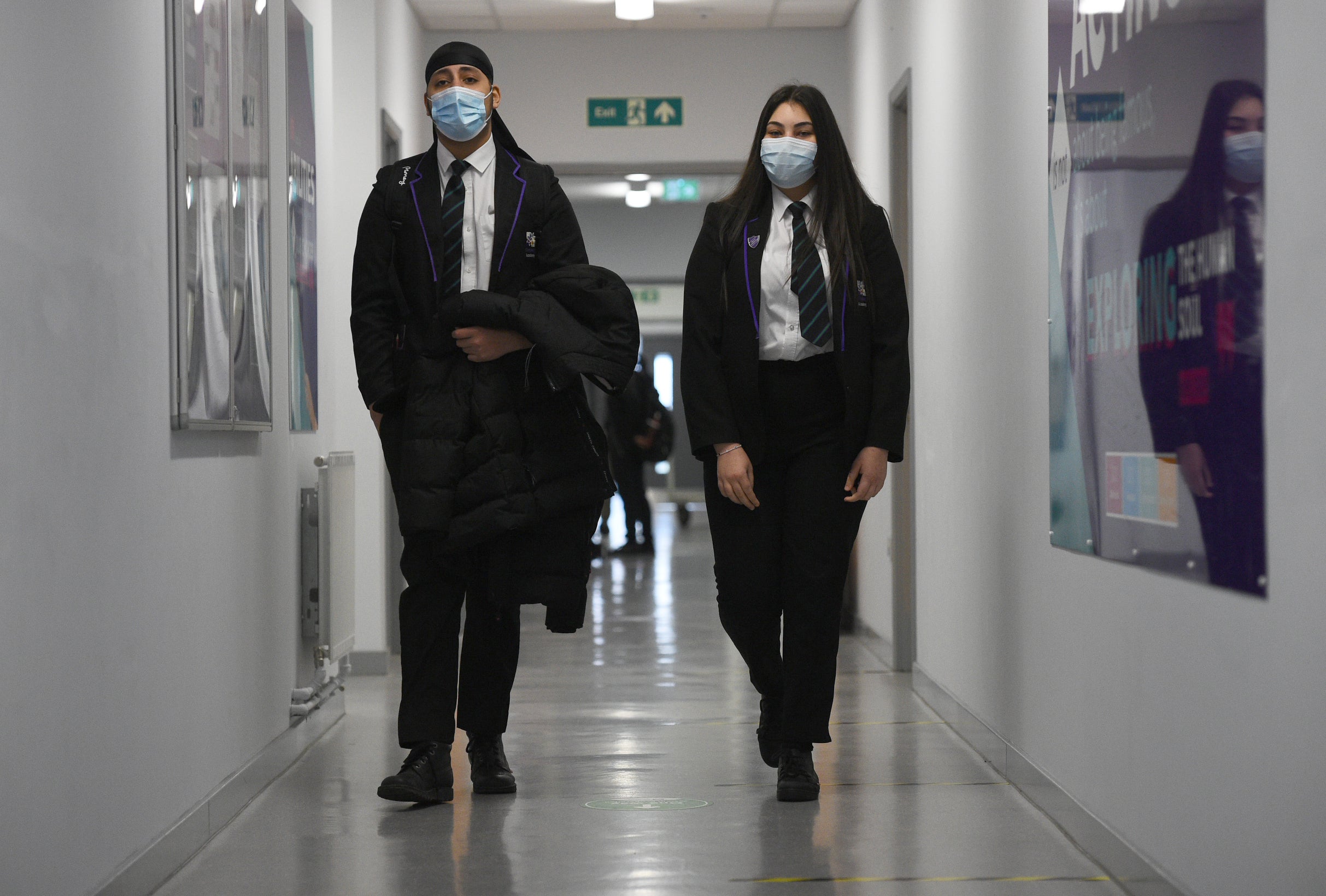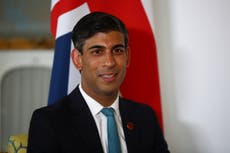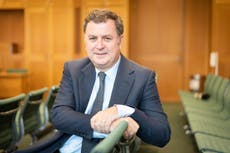Government education funding puts levelling-up into reverse, IFS claims
Spending on some areas of education is still lower than a decade ago and deprived schools will get less cash than better-off ones, according to the think tank

The government’s approach to education risks pushing levelling-up efforts in the “opposite direction” according to a new report from think-tank, the Institute for Fiscal Studies (IFS).
There is no end to austerity for large swathes of the education sector, despite suggestions that education is a key tool in the government’s flagship levelling-up drive. Yet plans to increase spending also mean deprived schools will get less cash than better off institutions. This will crank up divides between students’ life chances rather than making them more equal, the IFS said.
The analysis shows that decisions made by Chancellor, Rishi Sunak in last month’s spending view will work “against schools serving disadvantaged communities,” said Luke Sibieta, a research fellow at the IFS and an author of the report.
“This will make it that much harder to achieve ambitious goals to level up poorer areas of the country and narrow educational inequalities, which were gaping even before the pandemic,” he added.
“Fast growth in student numbers in colleges and universities will add to the challenges facing the education sector,” Mr Sibieta said.
From early years through to technical education, funding has either been trimmed or frozen for multiple years, meaning it has not kept pace with rising prices, according to the study, which was funded by the Nuffield foundation.
Austerity, the effort to scale back public spending in the wake of the 2008 Financial Crisis, still casts a long shadow over schools and colleges, the report suggests. The Spending Review only brought most of the funding in the education sector back to 2010 levels, equivalent to 15 years of no growth in investment.
“The cuts to education spending over the past decade are effectively without precedent in post-war history,” Mr Sibieta said.
And for some parts of the education system, particularly colleges and adult education austerity is not over even now, the report found.
Sixth forms have been especially hard-hit in the past decade. Funding per student in sixth forms fell by 28 per cent between 2010 and 2019. Even after the chancellor’s planned funding increases, spending per pupil will still be 23 per cent below its 2010 levels by 2024.
Education for 16-18 year-olds also faces being squeezed by an increase in student numbers, the IFS said, which are expected to increase by 10 per cent over the next three years.
The effects of cuts in the past decade were also not felt equally in schools. Deprived schools experienced a sharper fall in funding compared to their than better-off counterparts.
Slicing schools by deprivation levels showed the fifth most deprived had a 14 per cent drop in spending per pupil between 2009 and 2019, after accounting for inflation. That is markedly higher than the 9 per cent real terms cut experienced by the least deprived schools.
The chief culprit, the IFS said, is a flawed National Funding Formula. Changes in the Spending Review also mean that the formula from 2017-2022 continues to give a bigger cash increase to the least deprived schools, rather than the poorest effectively doubling down on inequality. The top fifth of better-off schools, can expect an increase of 8-9 per cent in real terms funding during tis period compared to 5 per cent for bottom fifth, the most deprived schools.
The Pupil Premium, a stream of funding specifically aimed at helping disadvantaged students has also failed to keep pace with inflation since 2015.
“These patterns run counter to the government’s goal of levelling up poorer areas,” according to the economic think tank.
Join our commenting forum
Join thought-provoking conversations, follow other Independent readers and see their replies
Comments


Bookmark popover
Removed from bookmarks